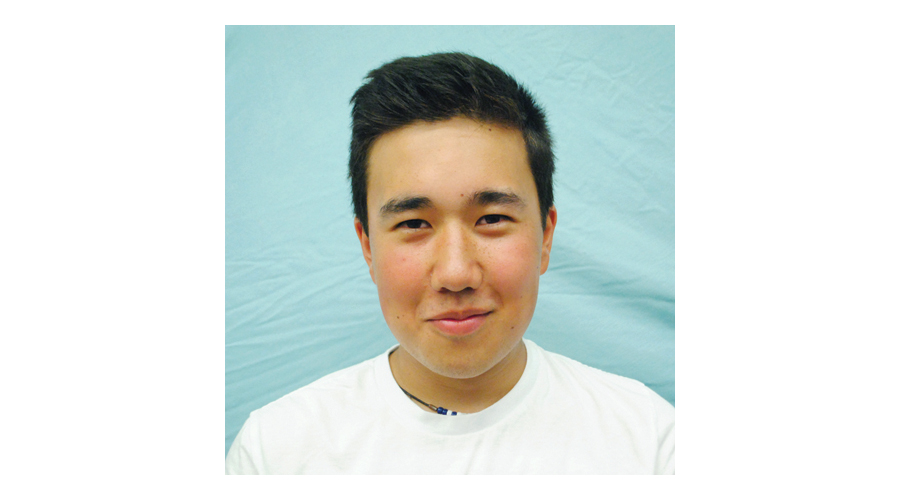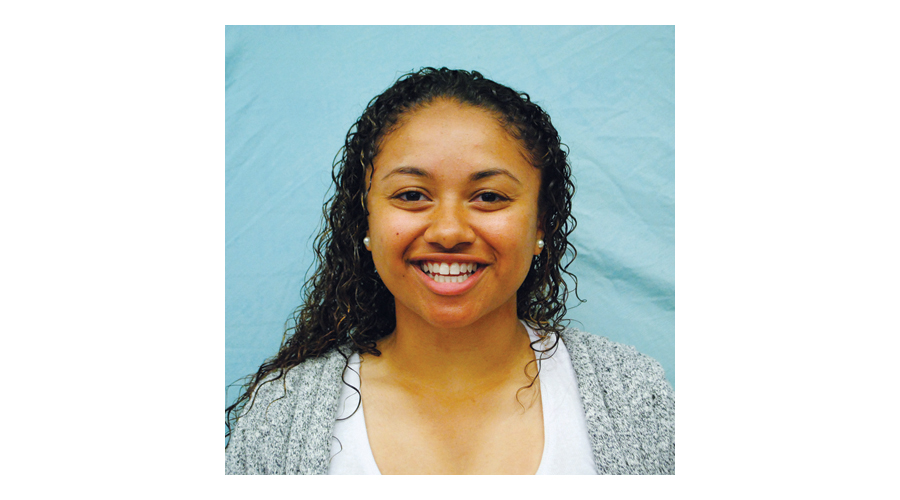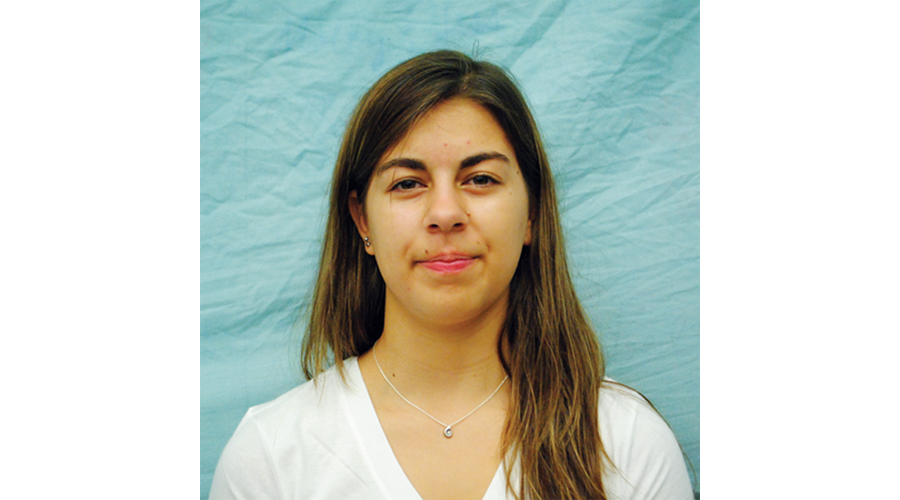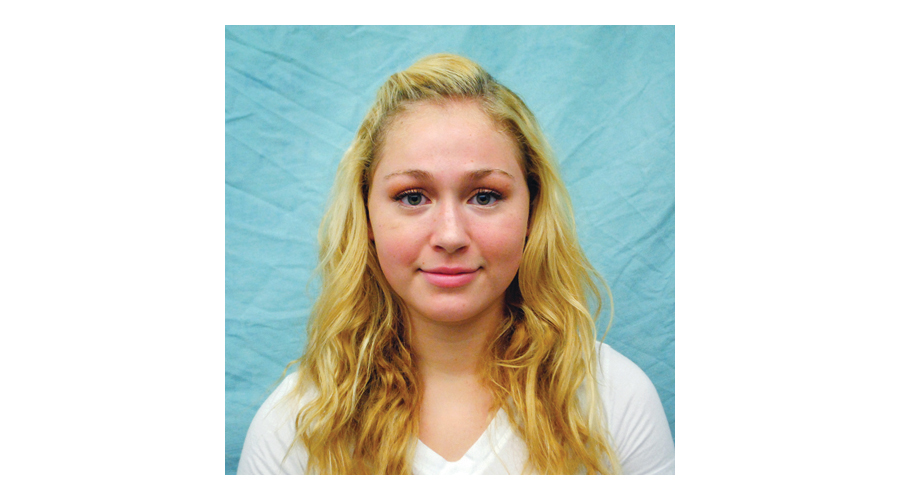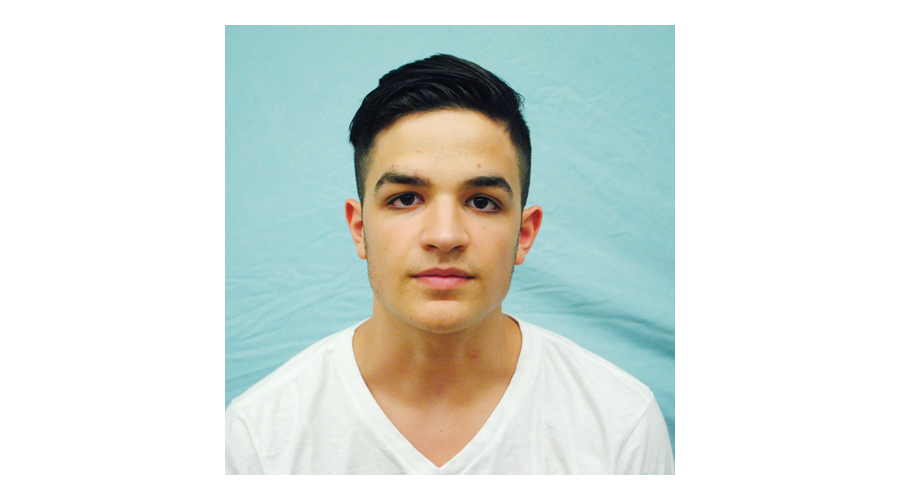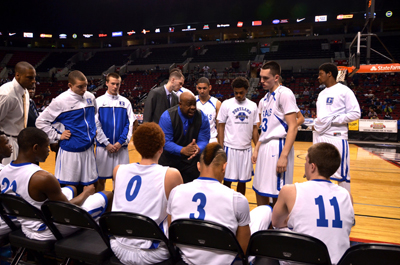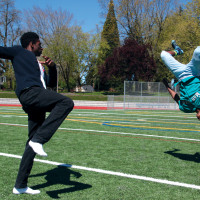Grant High School senior Brianna Hayes, born to a white mother and black father, remembers sitting in the second row of her first-grade classroom.
It was Black History Month and her white teacher was explaining to the class how blacks and whites were treated differently in the United States prior to the Civil Rights Act.
At one point, references to “colored” and “white” drinking fountains came up.
“I remember thinking, ‘Which one would I use?’ so I asked her,” Hayes recalls.
The teacher, a nun at Holy Redeemer Catholic School in North Portland, continued talking. “She seemed like she didn’t want to answer it,” Hayes says now.
But inevitably, the answer came out: the colored fountain, she was told.
For Hayes, the answer to this question, which stays in the back of her mind even today, clarified for her where multiracial people stand in the United States. “You’re not accepted by one race so you’re forced into another,” she says.
When it comes to race, many people reflex to a conversation about black and white. Others fall back on their personal stereotypes about certain racial or ethnic groups. Discussions around differences can get heated or don’t happen at all when they should.
Consider Hayes and a variety of Grant students who are of mixed race, who often find themselves isolated because there is no strong alliance for racially mixed people. It leaves many of them to make a decision on whether they can relate or conform to a certain culture.
In the end, society usually makes the decision for them, regardless of how they may feel on the inside.
Race is rooted in America’s history. The United States operated on a strict rule that a person only needed to be documented as having one ancestor of a non-white race to be considered African-American, Native American or Asian, even if the respective heritage was existent generations back in their lineage. The theory is traced back to the 1924 Virginia “Racial Integrity Act.”
Known as the “one-drop rule,” it assigned people of color and white heritage the “racial identity of the ‘minority’ parent,” according to a thesis on race relations published in 2010 by Sharon E. Placide of Florida International University. Ultimately, the rule was used to relegate any “non-pure Whites” to minority status.
Although the rule is no longer part of the law, society still inconsistently refers to it in other ways. Take the case of President Barack Obama. He is half white, yet, he is known universally as the United States’ first black president (Hayes thinks this is because “white culture doesn’t want to claim him”).
Skin tone, hair texture, facial structure and how accurately someone enunciates are all traits used by society to label a person.
For senior Ava Montgomery, it can get quite tiring. With green eyes, naturally brown hair and fair skin, Montgomery rarely gets anything but shock and awe when she tells people she’s half black.
“Most people don’t believe me or they don’t take me seriously,” she says, “so it’s just easier to say that I’m white because that’s what I look like.”
It seems that society is so wrapped up in the mold of what is a particular race and what is not, that they expect everyone to act within their specific stereotype. Montgomery has even been asked to say “nigga” to prove that she’s black, as if that is all one needs to prove membership as an African-American.
“It’s just stereotyping,” says junior Jaida King, who is Italian and black. “I don’t need to…be what’s black to them. I know that’s my race and I don’t need to act like what they think black is or what they think black means.”
However, there are people who tune out of society’s racial lens. When asked about his identity, junior Jacob Velasco confidently states: “I am who I am and I can’t switch it, so all I can do is be proud of who I am. I can’t wish I was someone else because of my race.”
Velasco, who is half South Korean, one-fourth Mexican and one-fourth white, says race generally isn’t on his mind. He identifies mostly with white culture because that is what he’s immersed in. However, he appreciates when he’s around another Asian person that he can relate to.
“You may not be friends with someone in your class. But let’s say they’re Asian and I’m Asian. You almost instantly connect just because you’re the only two in that room that can connect on one thing – and that’s your race,” he says.
Velasco admits that he can feel like he’s on the outside looking in at times especially at Grant, where most of the student body is white.
“I feel like I’m not experiencing everything that I could be,” he says. “I’m half Asian and a fourth Mexican and I’ve never experienced that, so part of me feels like I’m not.”
Growing up in a white majority also makes it hard for senior Zoe Boyd, who is Mexican, Native American, and white to connect with all sides of her heritage. When her great-grandmother immigrated to Missouri from Mexico, the family, who then went under the surname Hernandez, decided to drop their Mexican culture and Spanish language to assimilate into white society as a survival tactic.
On top of that, Boyd is unsure of her entire heritage because she never knew her father. Her parents were only friends when she was conceived and her dad was out of the picture shortly after. In addition, her paternal-grandmother died before Boyd even started school. The result is that Boyd feels culturally orphaned.
“I don’t look like I’m Mexican or Native American,” she acknowledges. “I look white. I can’t speak Spanish and I can’t really relate to any community because I don’t know…what they go through. I’m just on my own.”
When teachers play a negative role, even out of ignorance, the isolation can grow worse.
For the majority of senior Kendall Wilson’s sixth-grade year at Archbishop Howard School, she felt as though her teachers had her on a special learning plan because she was one of the only students of color at the school.
“Whenever I would ask a question, they would come over and talk just to me, and I would accept the help,” Wilson recalls. “But there were other people struggling too. I can’t say for sure because I don’t know them, but I feel like it was probably prejudice.”
When she came to Grant as a freshman, Wilson thought she’d see more diversity. At the end of her junior year she ran for student government. She lost the race and was fine with it.
Still, she wonders whether race had something to do with her losing. Four of the 17 elected positions for Grant’s student government are students of color. None are African-American.
Even after losing the race, the adviser of the elected body invited her to take the leadership class anyway. Although she mainly identifies as black, Wilson is of white, black, Mexican and Native descent. Because she is mixed, she hopes that she can reach a wide variety of students with the skills she will gain through the class.
“I want to change the stereotypes,” she says. “It’s the same thing every year. I want to put a variety in. I want to have our voice heard.” ◊

